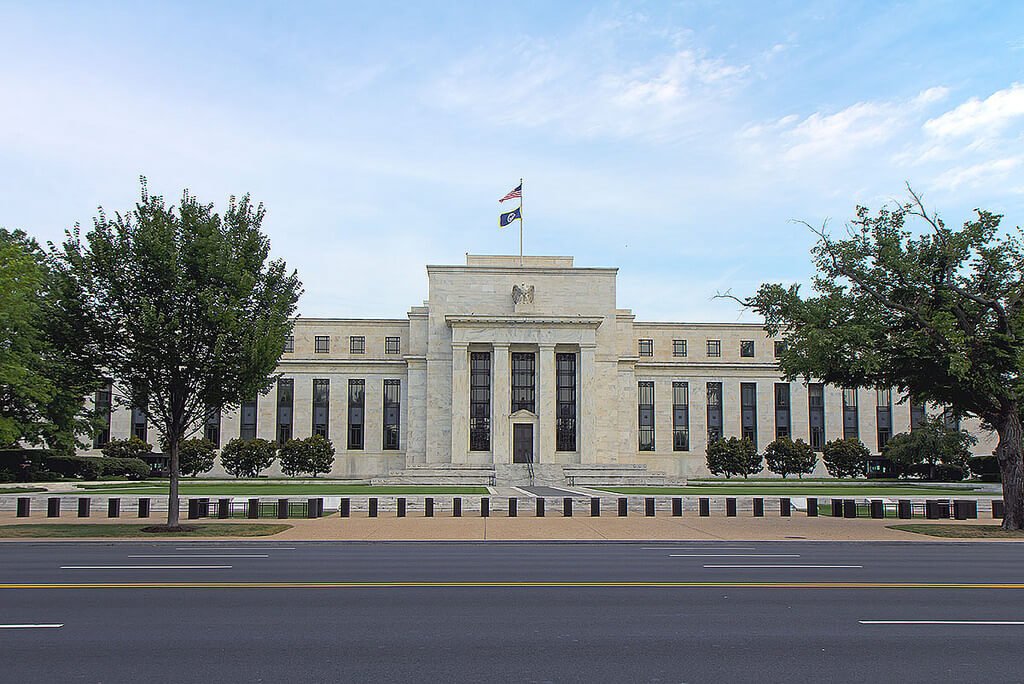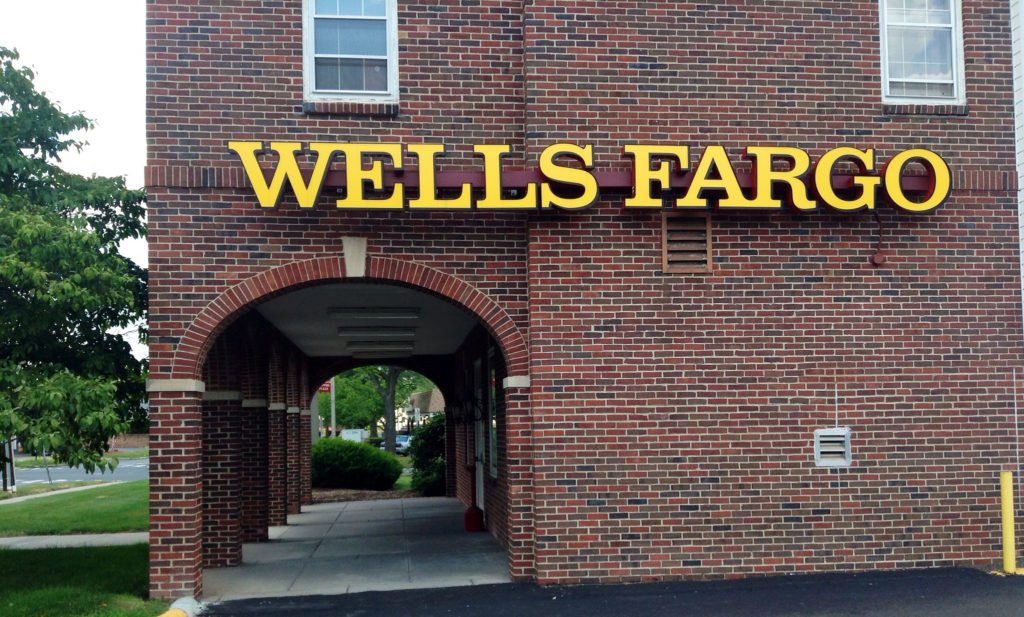Featured
Sympathy towards central banks? The Fed balance sheet shrinks
The Fed’s increase short-term interest rates is making the banks reluctantly increase their depositors’ profit from the interests.

It’s official. Lending institutions are having a tough time making loans.
Don’t get me wrong, they still make money the old-fashioned way: by borrowing from us through deposits on which they pay almost no interest, and then lending it long term to anyone that qualifies. But they’ve had to jack up their other fees because the traditional business plan just isn’t cutting it.
You and I are still keeping tidy sums at the bank, even though they pay us about half the rate of inflation, guaranteeing a loss of purchasing power. But few people and even fewer businesses want to take out loans.
Compounding the issue, the Federal Reserve keeps bumping up short-term interest rates, forcing banks to begrudgingly increase the pennies they throw at depositors, while long-term interest rates remain steady or even drop a bit.
As short rates rise and long rates fall, there’s not much in the middle left for lenders.
Excuse me, I think I’m getting choked up. I might even cry crocodile tears.
After the financial crisis, the Federal Reserve guaranteed bank profits by first lending them enough of our money to ensure their survival and then pushing short-term rates to zero. Depositors were lucky to earn 0.10% on their money, while loans still cost 3.5 percent to 4.0 percent.
To make matters worse, the Fed printed gobs of money. It then paid the banks interest to hold the extra funds on their books in the form of Interest on Excess Reserves, or IOER. This allowed banks to earn extra cash without doing business with other banks that might make questionable loans.
Essentially, banks made something for nothing, while you and I got nothing (no interest) for something (our deposits).
This went on for years as banks in the U.S. cleaned up their balance sheets. Eventually, the Fed started raising rates ever so slightly. Over three years, rates have inched up to a mere 1.50 percent. You won’t get that on your deposit account, of course, but you might eke out one percent or so.
On the flip side, long-term rates remain stuck, with the 10-year bond paying 2.34 percent and the 30-year bond hovering around 2.77 percent.
The shrinking difference between short-term and long-term rates leaves little net interest margin, or profit, for banks. That’s not ideal, of course. But hey, if they can make it up on volume, things will still be all right. Only, there is no volume. Or at least, not as much as bankers expected, and that’s a problem.

Although the bank loans are still expanding and the economy is growing, the bank business continues to stagnate. (Photo by Mike Mozart via Flickr. CC BY 2.0)
Bank lending to businesses recently registered its lowest growth since the first quarter of 2011. Overall, the annual growth rate for U.S. bank loans just touched the lowest level since the end of 2013. The growth rate fell for the sixth consecutive quarter.
Bank loans are still expanding but at an ever slower pace. This wasn’t supposed to happen.
With the economy growing, however slowly, and a pro-business administration in the White House, bankers expected strong loan growth. For the life of them, they can’t figure out why people and businesses don’t want bank loans.
I have a possible answer. Because we hate them.
As business owners, Harry and I ran millions of dollars’ worth of credit card transactions through a bank in the 2000s. That bank took bailout money to survive.
In 2010, my banker called me and said he had to verify my financials so the bank would keep doing business with me. I pointed out this was quite ironic since I remained in business and profitable when he and his firm needed my tax dollars to stay afloat.
That phone call sticks with me, as does the zero interest I earned for years on my deposits, and the lower-than-inflation rate of interest I earn today. I’m in no hurry to give banks more money.
On the business side, companies have options. With interest rates so low, it makes more sense to sell bonds where possible and essentially become your own bank. And many other institutions, such as hedge funds and insurance companies, are lending directly to firms, cutting into bank business.
It’s hard to feel sorry for companies that helped bring the country to its financial knees, needed bailout bucks, were guaranteed profits through the use of taxpayer funds and on the backs of depositors. These same companies now wonder where all the business has gone.
Maybe they’ll get a break in the months ahead as the Fed shrinks its balance sheet. Perhaps, as the Fed buys fewer bonds, long rates will tick up a bit, giving bankers a break. But if it doesn’t happen, I don’t think any of us will shed any real tears.
In the meantime, I’m avoiding the financial sector, unless I’m going to use the “Treasury Profits Accelerator” service run by Lance Gaitan. He does a great job exploiting small interest rate changes to generate significant returns, and I have no problem giving him a shameless plug.
As for the banks, their business is stagnating, and they can’t figure out why nobody likes them. If they’d only ask, I’m sure we could all give them several good reasons.
(Featured image by Stefan Fussan via Flickr. CC BY-SA 2.0)
—
DISCLAIMER: This article expresses my own ideas and opinions. Any information I have shared are from sources that I believe to be reliable and accurate. I did not receive any financial compensation in writing this post, nor do I own any shares in any company I’ve mentioned. I encourage any reader to do their own diligent research first before making any investment decisions.

-

 Markets2 weeks ago
Markets2 weeks agoThe Big Beautiful Bill: Market Highs Mask Debt and Divergence
-

 Africa2 days ago
Africa2 days agoORA Technologies Secures $7.5M from Local Investors, Boosting Morocco’s Tech Independence
-

 Markets1 week ago
Markets1 week agoA Chaotic, But Good Stock Market Halfway Through 2025
-

 Business4 days ago
Business4 days agoThe Dow Jones Teeters Near All-Time High as Market Risks Mount


























You must be logged in to post a comment Login